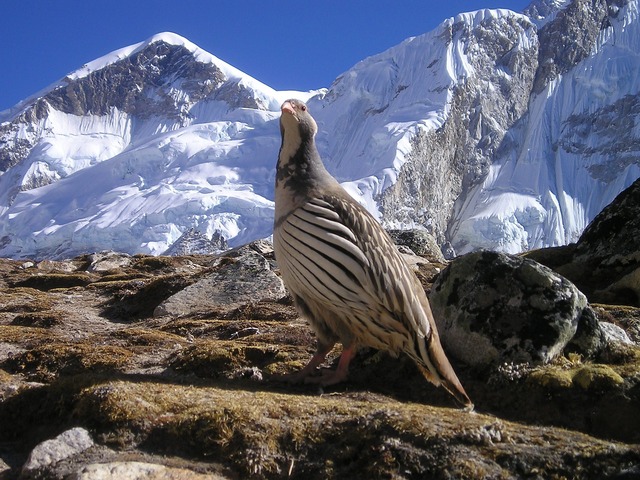By Tim Lambert
Early Nepal
Nepal was known to the Ancient Indians. It was mentioned in classical Indian literature. In the 3rd century BC, the great Indian Emperor introduced Buddhism into Nepal. Nepal was also in contact with China. About 200 AD a people called the Lichavis took power in Nepal. Under them, Nepal flourished and great temples both Hindu and Buddhist were built.
However, the Lichavis eventually declined and a new era began in 879 AD. They were replaced by a series of kings called the Thakuris. n From the 12th century a series of kings whose surname ended in Malla reigned in Nepal. In the 14th century one of them, Jayasthiti Malla introduced the caste system into Nepal. The power of the Malla dynasty reached a peak in the 15th century under Yaksha Mall.
However, after he died in 1482, his kingdom was divided between his 3 sons. Nepal was reunited in the 18th century by a man named Prithvi Narayan Shah. He was suspicious of the growing power of the British in India and decided to isolate his nation.
However, in the 19th century, the Nepalese were forced to come to terms with the British. In 1814-1816 they fought a war after which the present boundaries of Nepal were drawn. Then in 1860, Nepalese soldiers began serving in the British army.
Meanwhile, in 1846 a man named Rang Bahadur seized power and declared himself Rana or prime minister. Afterward, the kings of Nepal were only figureheads and the Rana held the real power. Finally, in 1923 Britain and Nepal signed a new treaty.
Modern Nepal
In 1950 the Rana was overthrown and royal authority was restored. Then in 1959 elections were held in Nepal. However, the king quarreled with the elected Congress and dismissed it in 1960. Under a new constitution of 1962, the king had all the real power. However, in 1990 widespread protests led to the restoration of democracy. Nepal gained a new constitution and in 1991 elections were held.
Then in 1994, a minority Communist government took power. However, in 1995 the Supreme Court nullified the election results and reinstated the previous parliament.
In 1996 a Maoist (Communist) insurgency began in Nepal which severely damaged the economy. However, a peace accord was signed in November 2006. In April 2008 elections were held and a coalition government came to power. In May 2008 the monarchy was abolished and Nepal became a republic. Nepal gained a new constitution in 2015.
Today Nepal remains a poor country. Most of the people live by farming. However, tourism in Nepal has great potential. In 2024 the population of Nepal was 31 million.

Last revised 2025